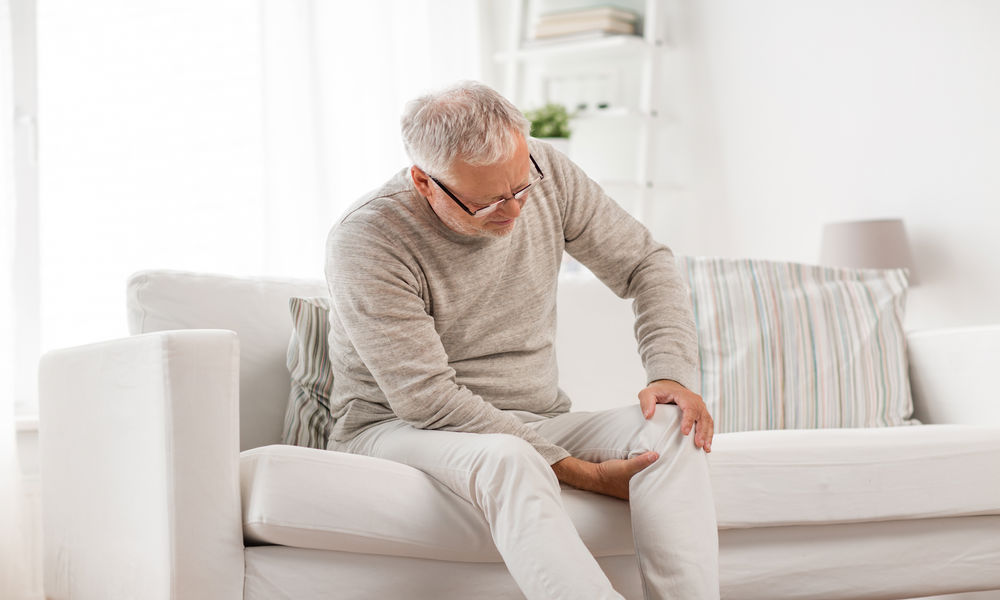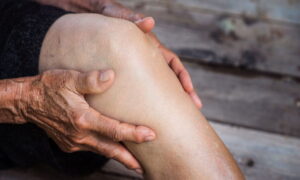
It is a disorder that occurs as a result of the wear of joint cartilage as we age. Knee arthritis in the elderlyIt causes symptoms such as pain, swelling and stiffness that restrict joint movements. It can cause joints to become painful and challenging in daily activities. It is associated with factors such as aging, obesity, joint trauma and genetic factors.
Symptoms of Knee Calcification in the Elderly
The most common symptom is pain in the knee. Pain intensity may increase, especially during activity or at the end of the day. It usually gets better after resting. When the person wakes up from sleep in the morning, he/she experiences a feeling of stiffness in the knees after sitting for a long time.
Swelling may occur in the joint. Swelling may occur due to inflammation in the joint. They may lose their ability to bend or extend completely. It can affect daily activities. Cracking or clicking sounds may be heard as it moves or bends.
The sounds may be caused by friction of cartilage surfaces due to calcification. As the disease progresses, the person may have difficulty using the knee. He may have difficulty performing his daily activities. In cases of advanced calcification, a significant deformity in the shape of the joint may develop.
Knee arthritis in the elderly symptoms It may differ from person to person. Milder symptoms may occur in some people and more serious symptoms in others. If you have any pain or symptoms, you should be evaluated by a doctor.
Treatment options may vary depending on the severity of the person's condition and age. The aim is to relieve pain, improve movement and increase quality of life.
What Causes Knee Calcification in the Elderly?
Aging is one of the most common causes. Deterioration of connective tissues and cartilages in the body with age may increase the risk of the disease. Family history may influence risk.
An individual may be more likely to have this disease if family members have it. Excessive use of the knees can cause them to wear out. Additionally, past knee injuries or trauma may also increase the risk later in life.
Carrying excess weight puts more pressure on people's knees, which can increase the risk. Changes in hormone levels in postmenopausal women increase the risk.
The risk may be increased in people with loss of bone density, such as osteoporosis. It can also lead to rheumatic diseases, arthritis or metabolic disorders.
An unhealthy lifestyle, irregular exercise, poor eating habits, smoking or alcohol consumption can increase the risk. Knee arthritis in the elderlyIt may develop as a result of a combination of these factors and may differ from person to person. Early diagnosis and management of the disease is important. Therefore, it is important to consult a healthcare professional in case of any doubt.
Treatment Methods for Knee Calcification in the Elderly
Exercise programs designed specifically for seniors can be beneficial for strengthening muscles. Physical therapy is used to increase joint mobility, increase muscle strength and reduce pain.
Painkillers such as nonsteroidal anti-inflammatory drugs can be used to relieve pain. However, long-term use may cause side effects. It must be used under the supervision of a doctor.
Pain-relieving creams or lotions can relieve pain locally. For seniors who are overweight or obese, weight loss can reduce pressure on the joint and relieve pain.
Using walking aids, supports or special knee pads for seniors can make movement easier and reduce pain. Injections containing hyaluronan may be administered by doctors to relieve symptoms.
In cases where the disease is advanced and other methods do not work, knee prosthesis may be required. The use of certain supplements and their antioxidants may help relieve symptoms. However, its effects are unclear.
The treatment approach may vary depending on the individual's age, health status, severity of symptoms, and other factors. Knee arthritis in the elderly It is important to consult a doctor to determine the most appropriate approach to treatment. The doctor will help manage pain and improve quality of life by creating an individual treatment plan.



